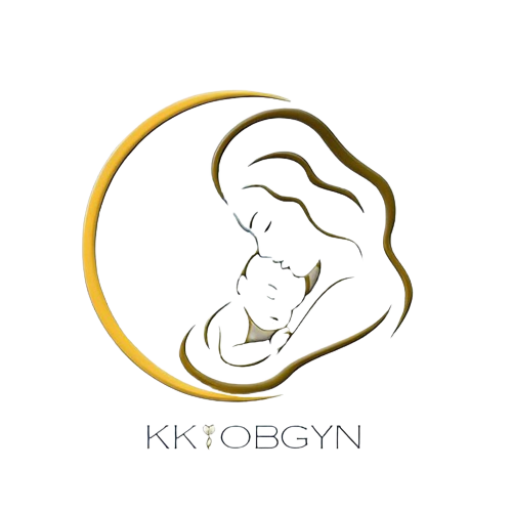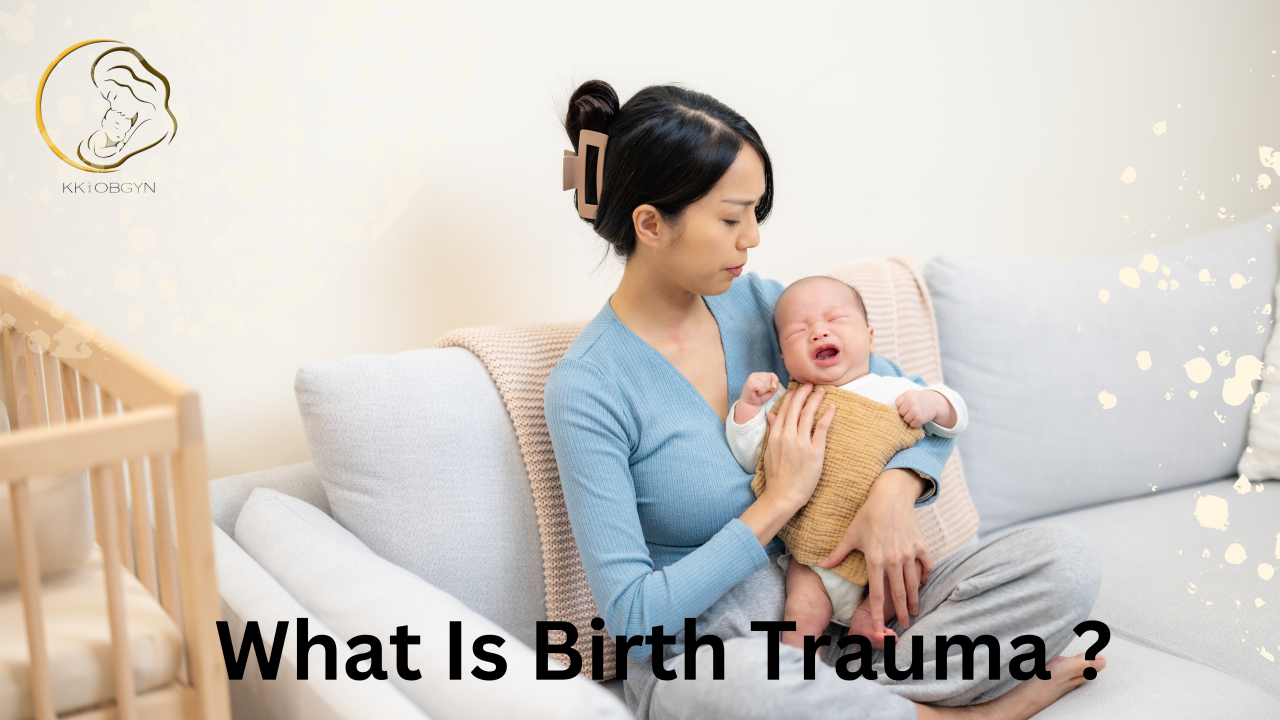Birth trauma is an emotional and physical response that can occur after a difficult or traumatic childbirth experience. While the term may conjure images of physical injury to the baby or mother, it also encompasses psychological and emotional aspects, which can profoundly affect both the mother and the child. In this blog, we’ll explore the causes of birth trauma, how it affects those involved, and the treatment options available to help heal from such experiences.
What Constitutes Birth Trauma?
Birth trauma can refer to both physical and psychological injury sustained during childbirth. These injuries may not always be immediately obvious but can have lasting effects on both the mother and child. It is important to note that birth trauma is a highly personal experience, and what one person perceives as traumatic may not be the same for someone else.
1. Physical Birth Trauma
Physical birth trauma occurs when a baby or the mother experiences injury during childbirth. Some common physical birth traumas include:
- For the Mother:
- Tearing or Lacerations: Severe tears in the perineum (the area between the vagina and anus) or vaginal and cervical tears may occur, requiring stitches and potentially leading to long-term pelvic issues.
- Postpartum Hemorrhage: Excessive bleeding after delivery can be life-threatening if not managed quickly.
- Pelvic Floor Dysfunction: Damage to the pelvic floor muscles or nerves during delivery can lead to long-term problems like incontinence or pelvic pain.
- Perineal Injury: Severe trauma to the perineum can cause chronic pain or other complications like fistulas or prolapse.
- For the Baby:
- Brachial Plexus Injury: Nerve damage that can occur if the baby’s shoulder is injured during delivery, sometimes causing paralysis of the arm.
- Fractures or Dislocations: Broken bones or dislocated joints from difficult or forceful delivery.
- Head Injuries: In rare cases, forceps or vacuum delivery may cause head injuries, leading to conditions like cerebral palsy or other neurological disorders.
2. Psychological Birth Trauma
Psychological birth trauma refers to the emotional or mental distress that the mother experiences during labor and delivery. This form of trauma can result from:
- A High-Risk or Complicated Birth: Medical complications, such as an emergency C-section, preeclampsia, or fetal distress, can leave mothers feeling out of control or frightened.
- Unexpected Interventions: Interventions like forceps, vacuum extraction, or episiotomy may leave mothers feeling violated or disempowered, especially if they were unprepared or didn’t consent to them.
- Lack of Support: A perceived lack of emotional or physical support during labor, whether from medical staff or loved ones, can make the experience feel more traumatic.
- Fear and Anxiety: A traumatic event during childbirth can trigger lasting feelings of fear, helplessness, or panic, leading to conditions like post-traumatic stress disorder (PTSD).
Symptoms of Birth Trauma
Both physical and psychological birth trauma may present a range of symptoms. Recognizing these signs early can help the mother or baby get the support they need.
For the Mother:
- Physical Symptoms:
- Chronic pelvic pain or incontinence.
- Difficulty with sexual intimacy due to injury.
- Persistent fatigue or feeling physically drained.
- Issues with breastfeeding or attachment.
- Psychological Symptoms:
- Flashbacks or intrusive thoughts about the birth.
- Anxiety or panic attacks when thinking about childbirth.
- Difficulty bonding with the baby.
- Feelings of guilt, shame, or inadequacy.
- Mood swings or depression, including postpartum depression or PTSD.
For the Baby:
- Physical Symptoms:
- Difficulty feeding or sucking, often linked to physical trauma like a fractured collarbone or nerve damage.
- Developmental delays if there was a neurological injury.
- Tension or discomfort from physical injuries sustained during delivery.
Treatment for Birth Trauma
The good news is that both physical and psychological birth trauma can be treated, and many women and babies recover with the right care. Here’s how treatment might look:
1. Physical Treatment
- Surgical Repair: In the case of severe lacerations or pelvic injury, surgery may be necessary to repair the damage.
- Pelvic Floor Therapy: Women who experience pelvic floor dysfunction after childbirth can benefit from pelvic floor therapy to strengthen muscles and improve bladder or bowel control.
- Pain Management: For those dealing with persistent pain, including post-episiotomy or postpartum pelvic pain, pain management strategies like physical therapy, medications, or even acupuncture may help alleviate discomfort.
- Breastfeeding Support: Consulting with a lactation specialist can help new mothers who may have trouble breastfeeding due to physical injury from childbirth.
2. Psychological Treatment
- Therapy and Counseling: A licensed therapist or counselor can help mothers process and heal from traumatic birth experiences. Cognitive behavioral therapy (CBT) and other trauma-focused therapies can assist in overcoming PTSD and anxiety related to childbirth.
- Support Groups: Joining a support group with other women who have experienced birth trauma can provide a safe space to share experiences, gain emotional support, and learn coping strategies.
- Mindfulness and Relaxation Techniques: Practices like meditation, yoga, and deep breathing exercises can help manage anxiety and stress related to birth trauma.
- Trauma-Informed Care: It’s essential for mothers to receive care from healthcare providers who understand birth trauma and approach treatment with sensitivity and compassion.
Preventing Birth Trauma
While it’s not always possible to prevent birth trauma, certain strategies can reduce the risk of physical and psychological injuries during childbirth:
- Education and Preparation: Educating yourself about childbirth, your options, and potential complications can help reduce anxiety and give you a sense of control over the process.
- Supportive Birth Plan: Work with your healthcare team to create a birth plan that aligns with your preferences, including pain management options and desired interventions.
- Open Communication: Clearly communicate with your birthing team about your concerns and preferences. A supportive and understanding team can make a big difference in your birth experience.
- Postpartum Support: After the birth, ensuring you have emotional and physical support can help you recover more smoothly and feel empowered in your new role as a parent.
Conclusion
Birth trauma can have lasting effects on both the mother and child, but with the right support, treatment, and care, healing is possible. If you or someone you know has experienced birth trauma, it’s essential to acknowledge it and seek professional help to navigate the path to recovery. Birth trauma is a complex experience, but with proper treatment and support, mothers can regain their strength and confidence, and babies can thrive.


